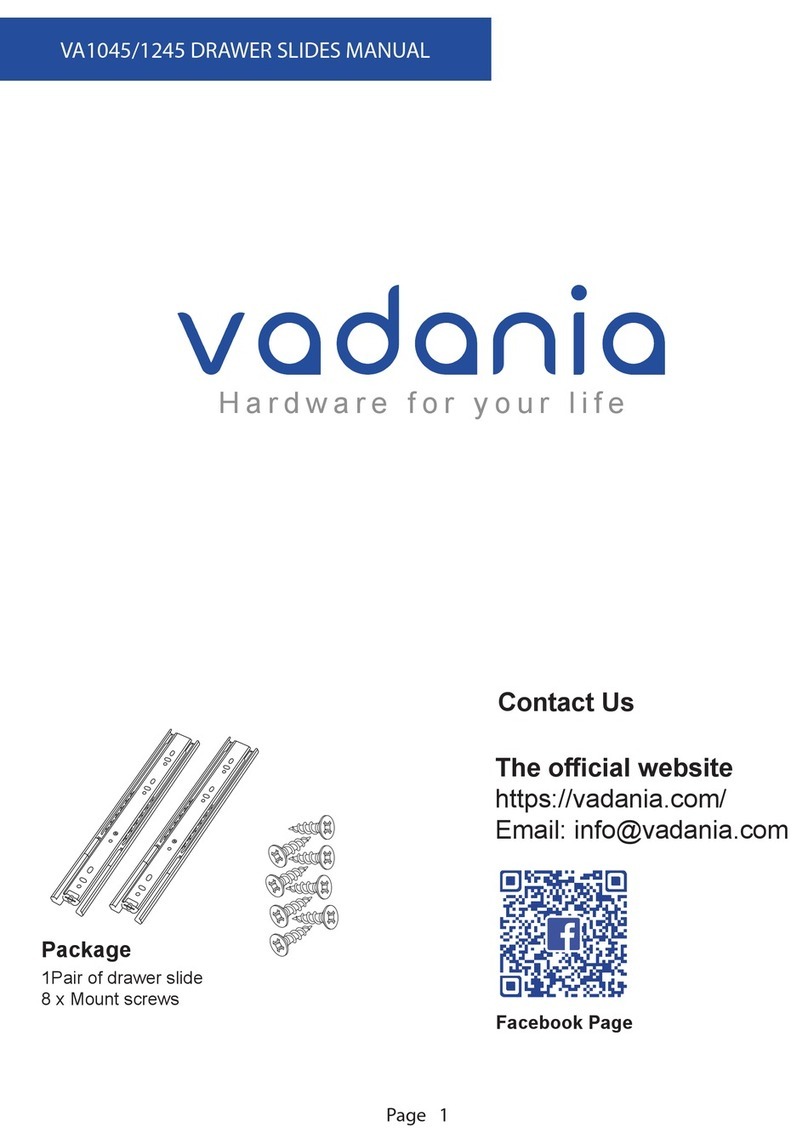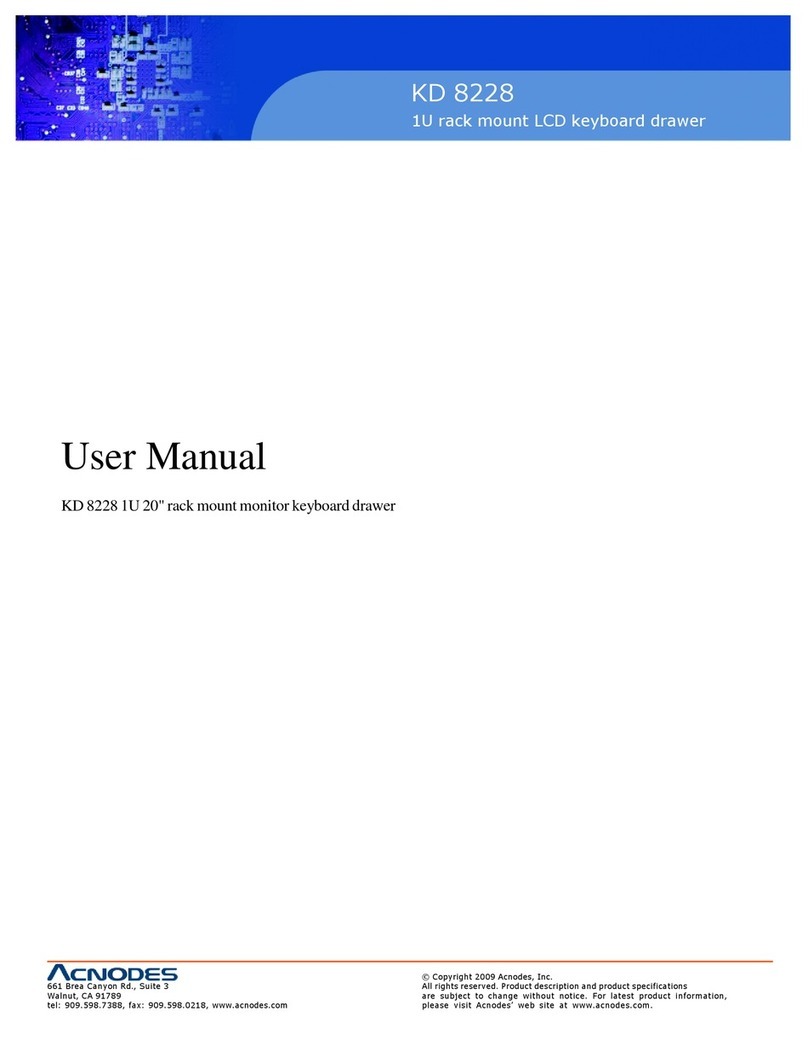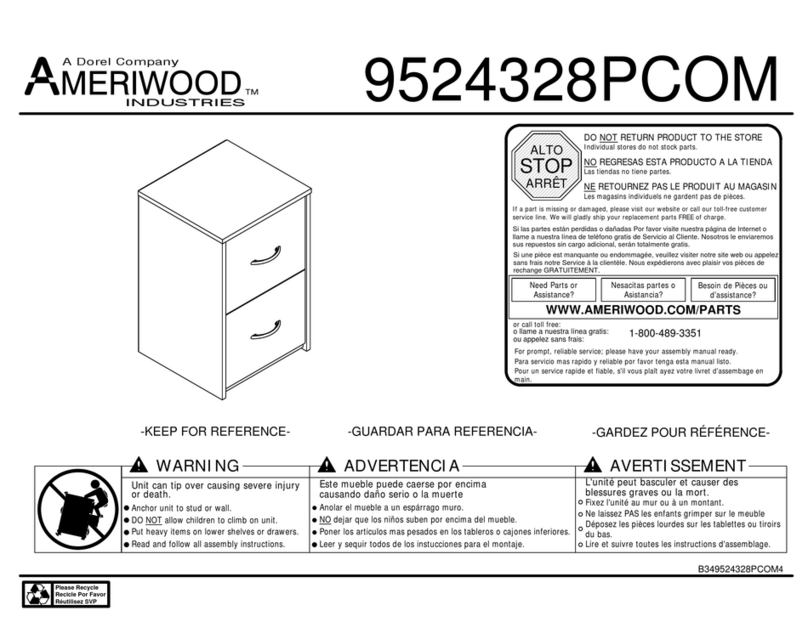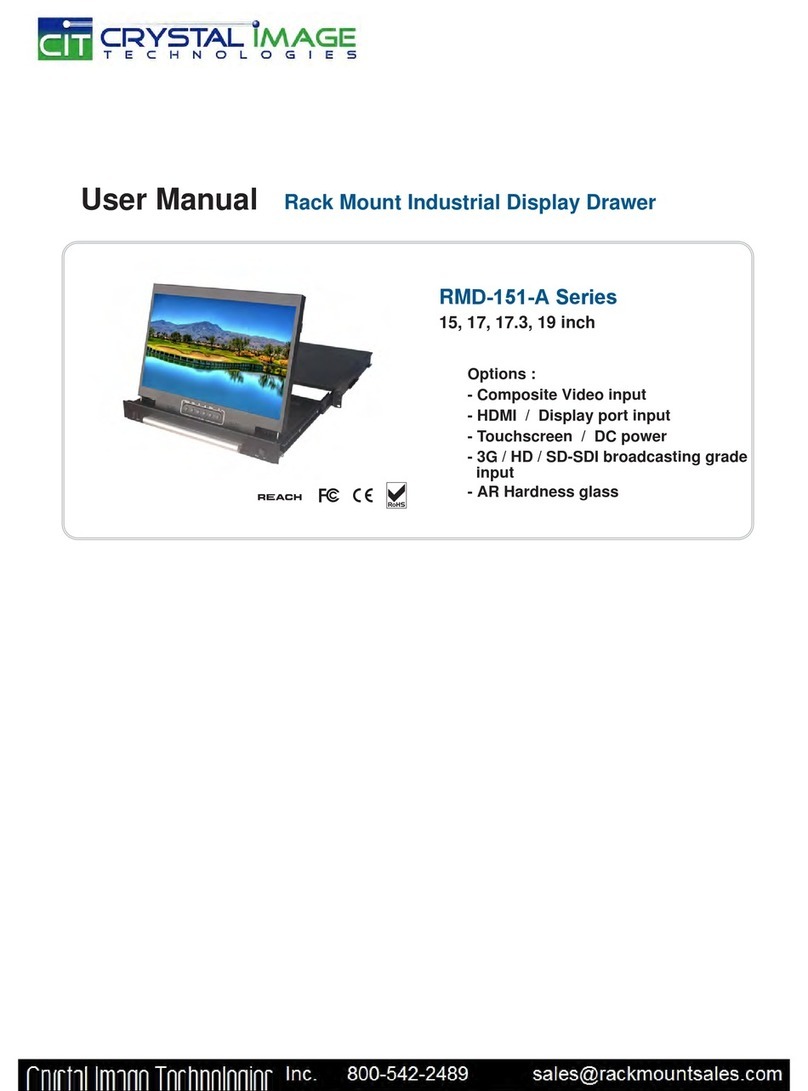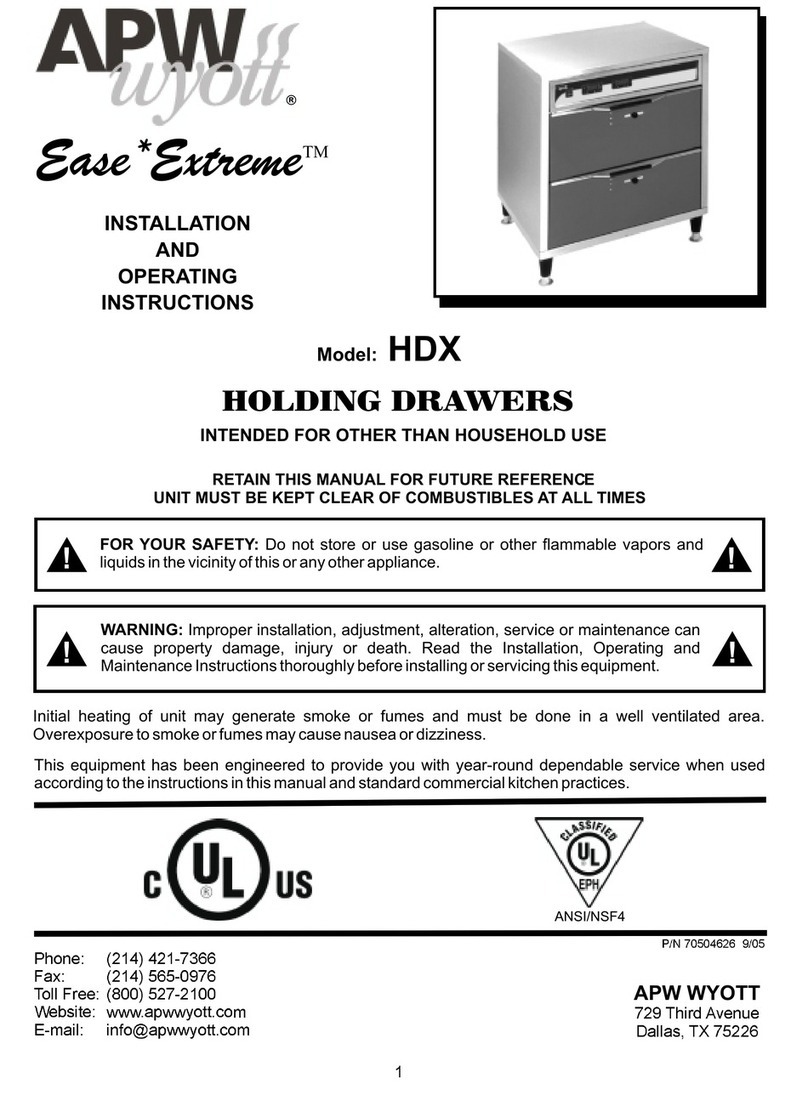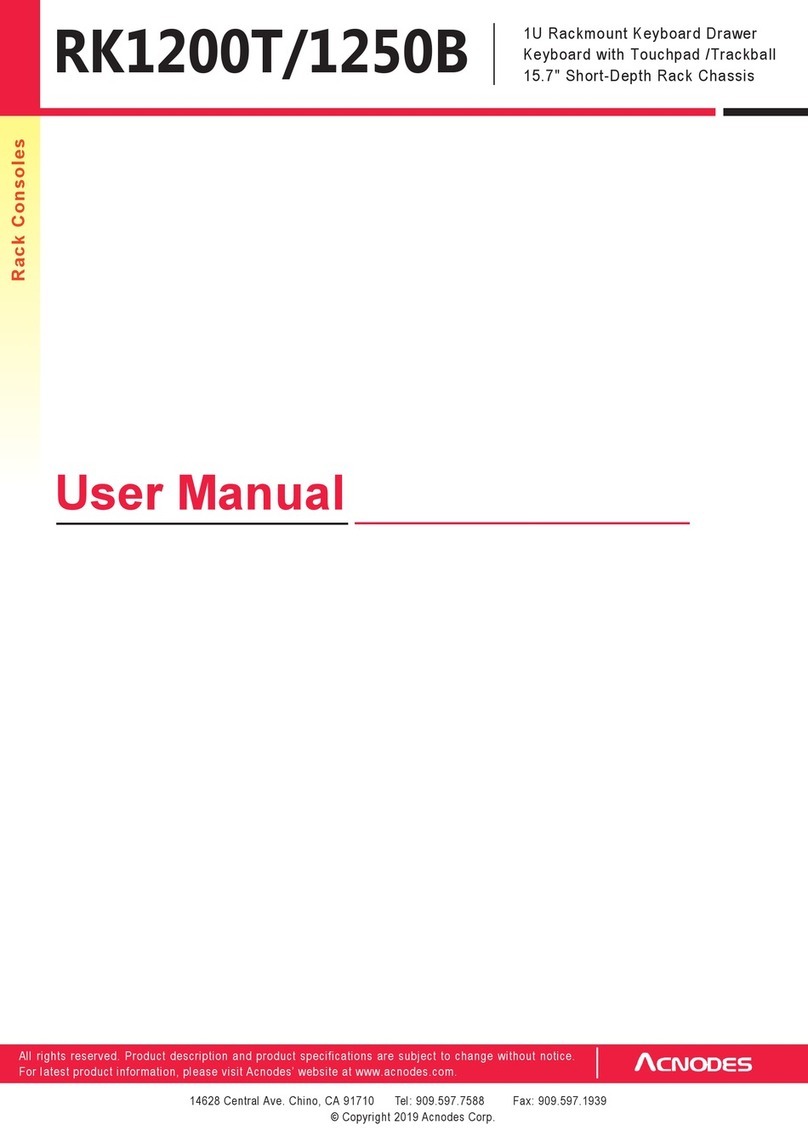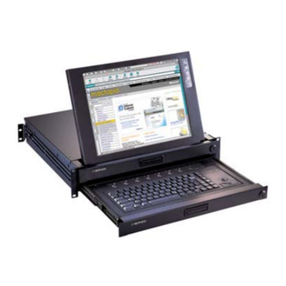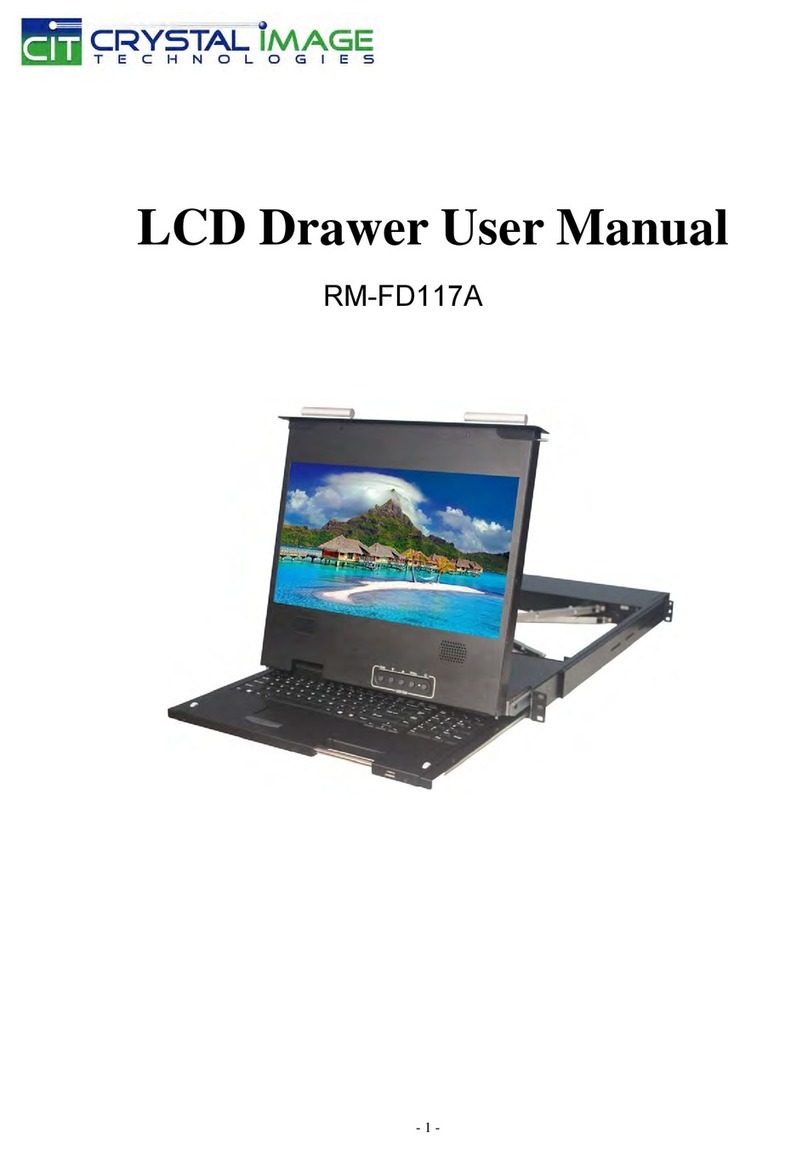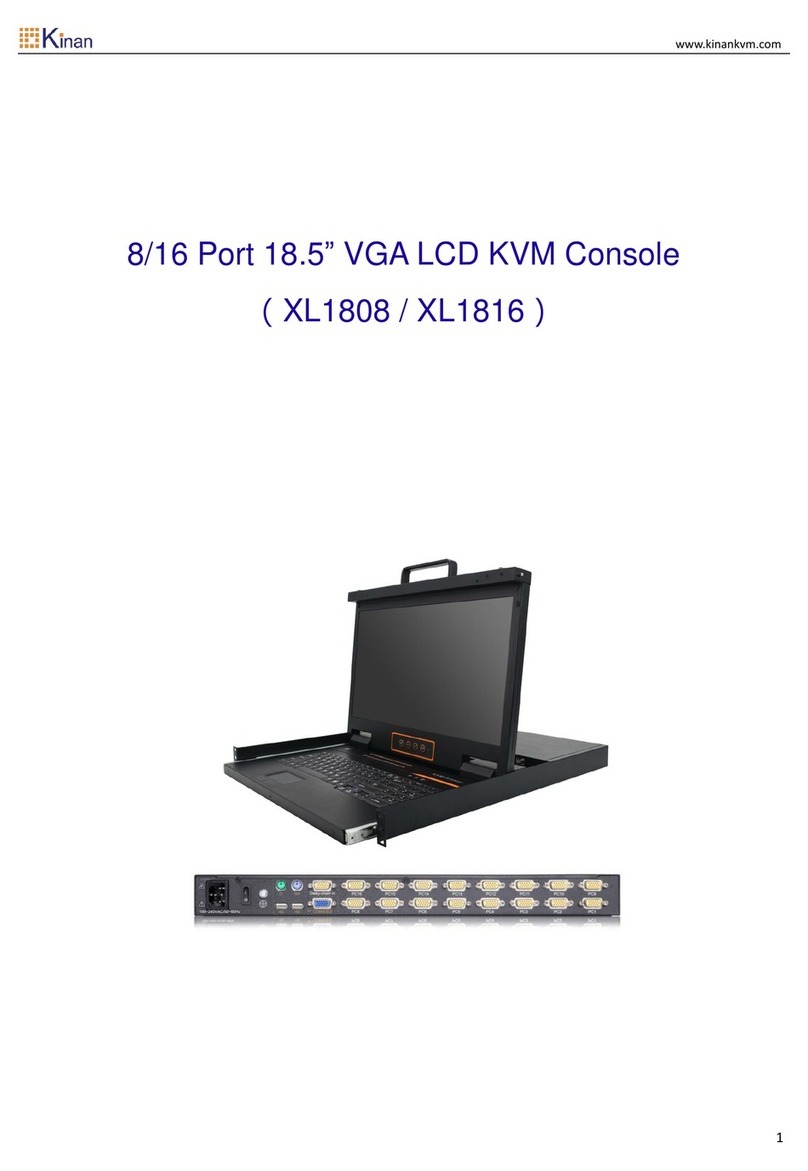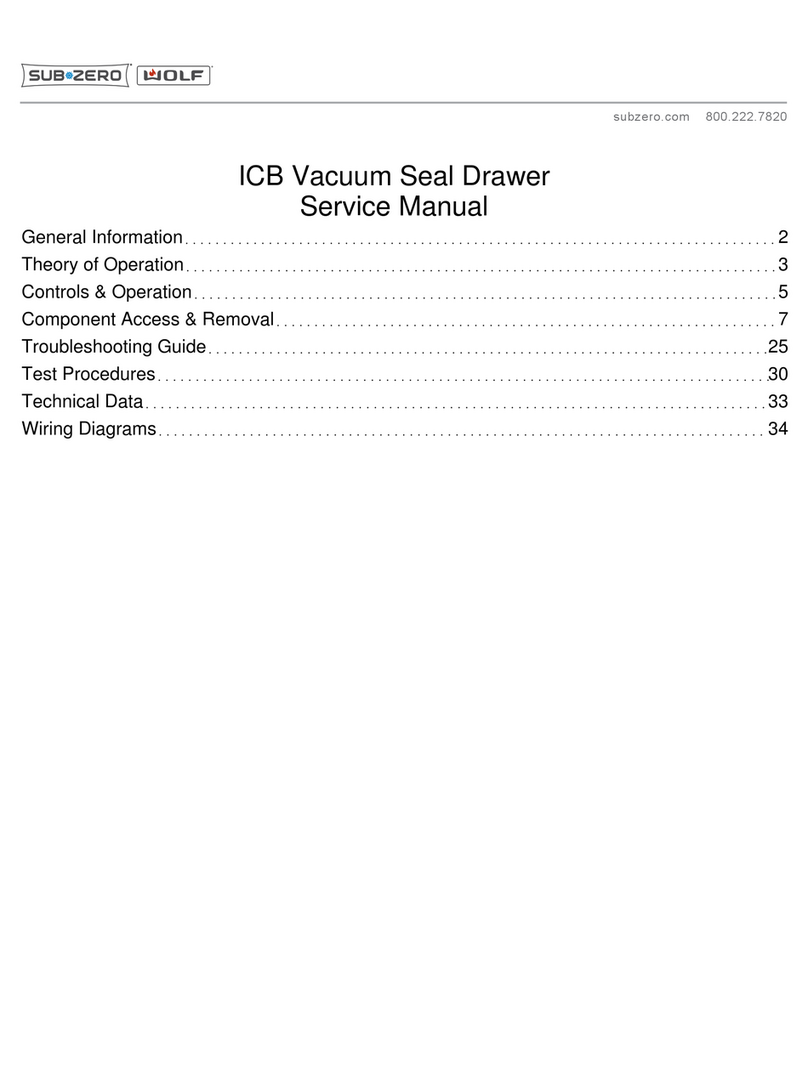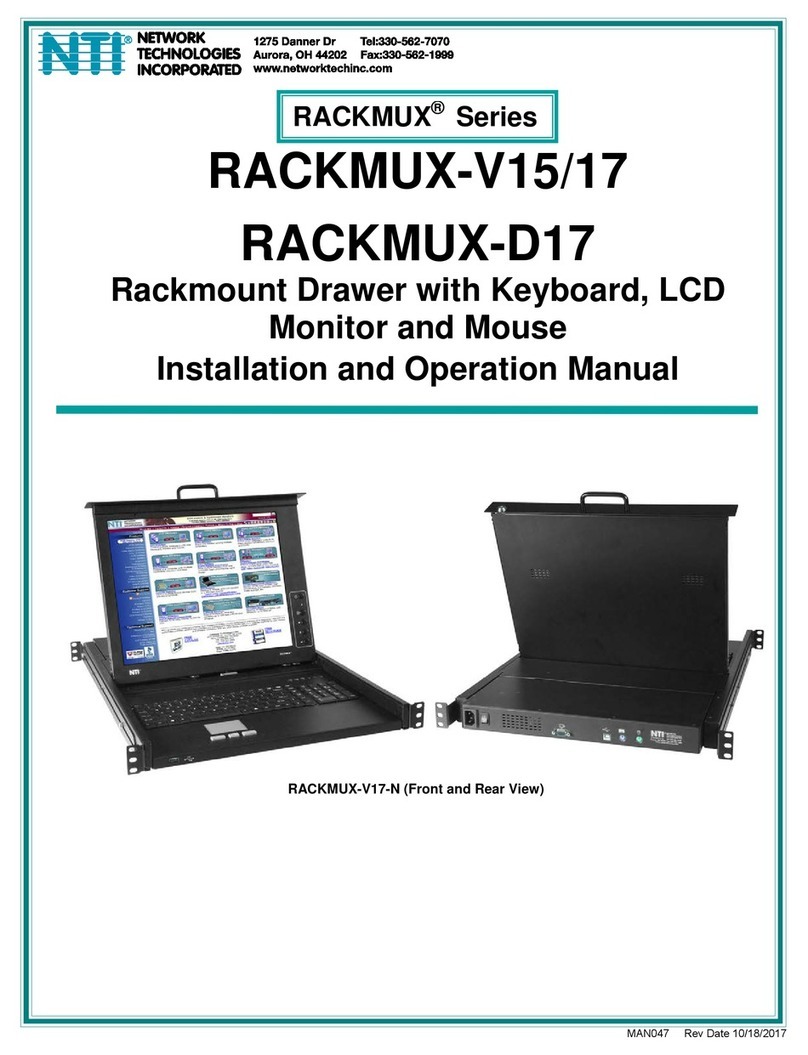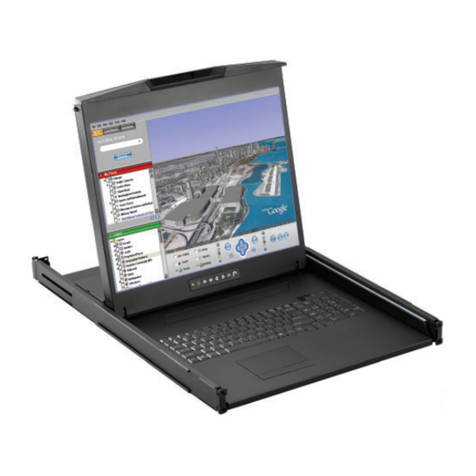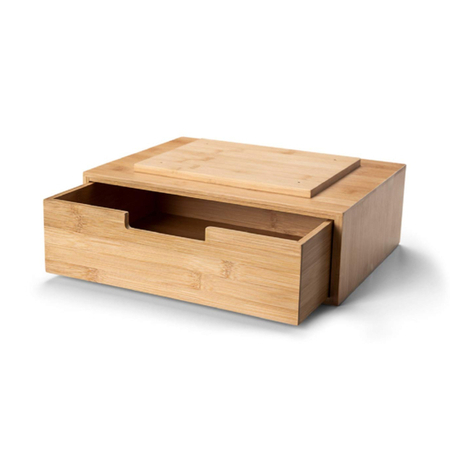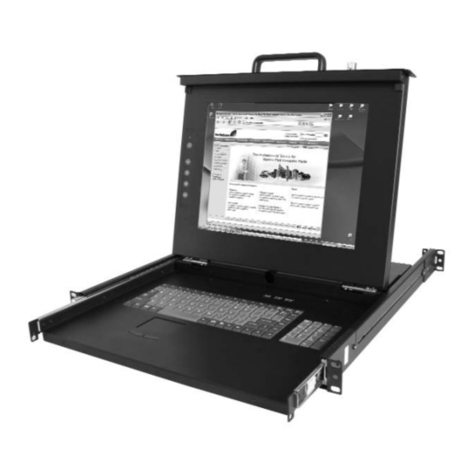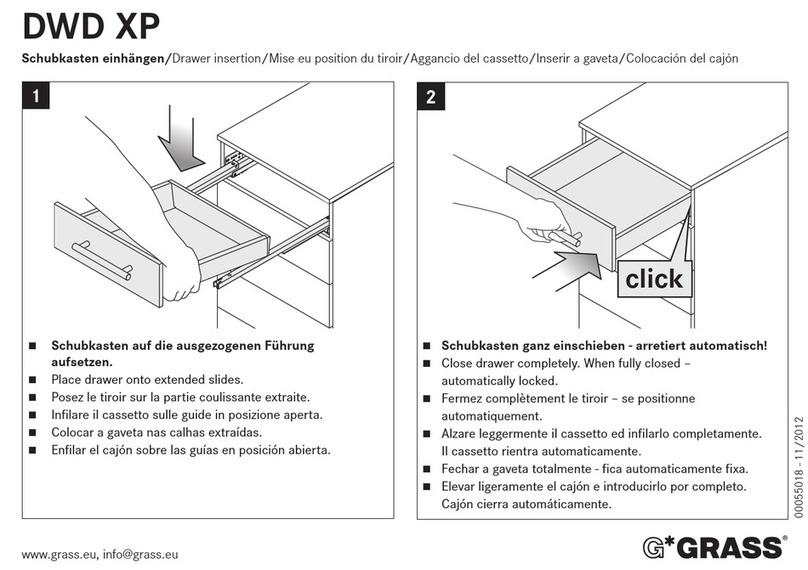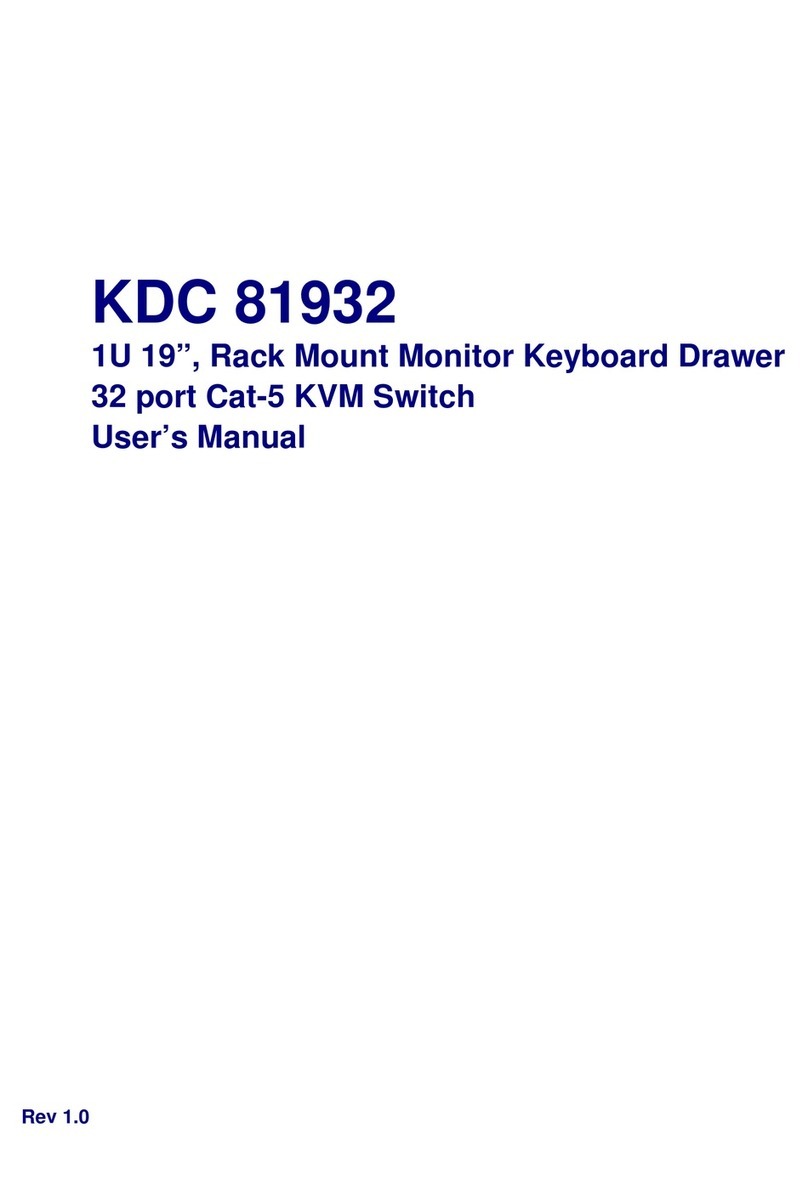2-2
#7030768 - Revision B - May, 2015
Electronic Control Info. INTEGRATED SERIES (DRAWERS)
INTEGRATED SERIES (DRAWERS)
ELECTRONIC CONTROL TERMINOLOGY & COMPONENT DESCRIPTIONS
The appliances described in this manual utilize an electronic control system which monitors, regulates, controls and
displays a variety of functions and operations in the appliance.
The table below defines some of the basic electronic control system terminology.
Term/Component Definition / Description
Main Control Board ..……….… (Also referred to as the Main “Controller” Board), is the printed-circuit board (PC
Board) which contains a microprocessor, relays, triacs and electrical connections
that monitor and control all functions of the appliance.
Microprocessor ……….….…... An electrical component on the control board which receives electrical signals from
other components, processes the information, then sends electrical signals to relays
and triacs on the board to open or close, switching components in the appliance
ON or OFF.
Relay ……………………….…. An electrical component on the control board which switches other components in
the appliance ON or OFF when instructed to do so by the microprocessor.
Triac ……………………....…… Similar in function to a relay, the triac is a three terminal semiconductor for control-
ling current in either direction.
User Interface Module (UIM) .. (a.k.a. Control Panel or Key Pad), is that part of the electronic control system where
all manual input operations are performed, also where all icons, words and codes
are displayed
LCD (Liquid Crystal Display) ... A semi-liquid substance sandwiched between glass in the control panel assembly.
The molecules of this semi-liquid substance have no specific orientation. However,
when electricity is applied to them, they react predictably, aligning and straightening
in such a way as to control light passage. In doing so, they can be manipulated
and arranged to form the indicators that appear in the LCD.
Indicators .....………….………... The icons, numbers and words that appear at the LCD
Fault Codes (Error Codes) ........The code number indicators that appear on the LCD during diagnostic mode This
coded data represents current and/or historical problematic events that specific
electronic components may have experienced.
Display Units of Measure……... Temperatures displayed at the LCD may be in fahrenheit units of measure (°F) or
celsius units of measure (°C). A series of key strokes allows the temperature dis-
play units of measure to be switched to read as either °F or °C.
Set-Point ……………………….. The zone temperature, established by pressing the COLDER or WARMER keys.
High Offset (Cut-in)……….….....As the zone air temperature cycles up and down, the high offset is the maximum
zone temperature that the electronic control system will allow before calling for
cooling.
Low Offset (Cut-out)…….……... As the zone air temperature cycles up and down, the low offset is the minimum
zone air temperature that the electronic control system will allow before interrupting
cooling.
Thermistor....….......................... (a.k.a. a Temperature sensor) A resistor with which resistance changes as the tem-
perature around it changes. For electronic control system purposes, the micro-
processor measures this resistance and displays it as a temperature reading at the
LCD.
